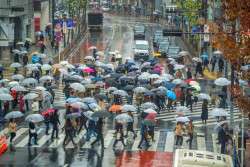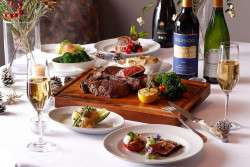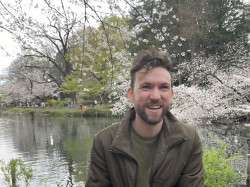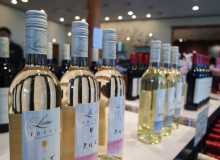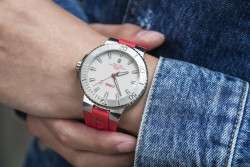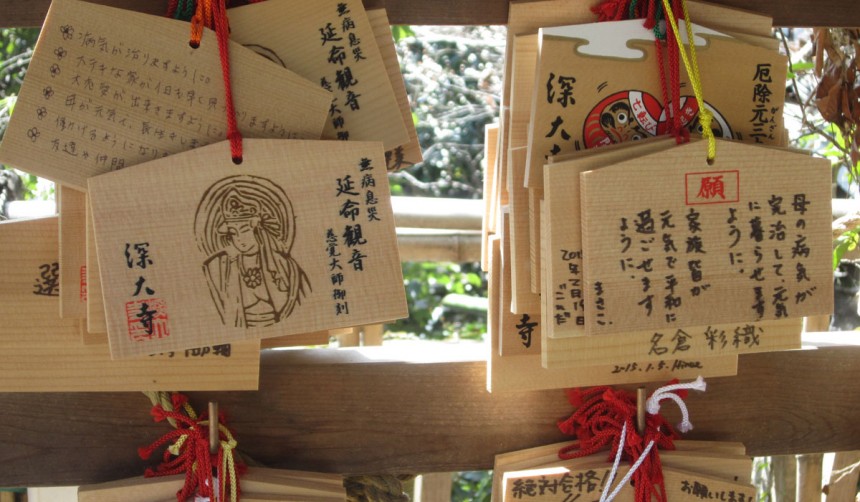
February 20, 2016
Jindaiji Temple
Finding tradition in Tokyo off the beaten track
Jindaiji Temple is one of those rare gems that’s somehow managed to hide from the steady stream of tourists that pass through Tokyo every day. It’s a gorgeous, rustic piece of history nestled in the backwater forests of Chōfu. While it’s technically still a part of Tokyo, it doesn’t draw even a fraction of the crowds at the other major metropolitan temples and shrines. In fact, I was almost hesitant to write this article in the first place, selfishly holding onto my little getaway temple in the outskirts of Tokyo. But, hey, sharing is caring!

Jindaiji was built in the year 733 and remains the second oldest temple in all of Tokyo’s 23 wards. What makes Jindaiji impressive isn’t the temple building itself—although it is magnificent—but rather the package deal. The temple is adjacent to a small village with old, traditional shops and restaurants that look like something straight out of a history book on Edo-period Japan. My favorite parts are the various water features, pools, and streams that run through the grounds, with the stream gurgling through several water mills and koi fish swimming next to the rocks, eyeing passersby with vague curiosity. Really, there’s so much more to do than just look at the temple, pray, and leave.
The main temple building is a gorgeous wooden structure with white accents. And the surrounding buildings are just as lovely. You can see all the temple buildings in as little as 15 minutes, with a short hike through the foliage; but a longer stroll is advised if you want to soak up the atmosphere.
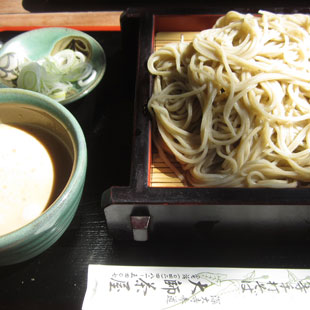
Once you’ve gotten your fill of gorgeous forest greens and woodwork at the temple, make sure you check out any of the 20 or so traditional soba restaurants that line the streets leading to the temple. The area of Jindaiji is well established as having some of the best soba noodles in Tokyo, which are handmade with buckwheat flour that’s ground from mills powered by a stream that runs through the town. There’s a reason this area is famous for its soba noodles, and you really ought to experience it firsthand.
Next time you feel the need to escape the concrete jungle that is Tokyo, hop on a train down to Chōfu for an afternoon of nature, traditional, and delicious soba noodles.
Admission to Jindaiji Temple is free and open year-round to the public. Nearest station: Chōfu. Buses (34, 05, 06, 31, and 56) run regularly from Chōfu Station to the temple.
